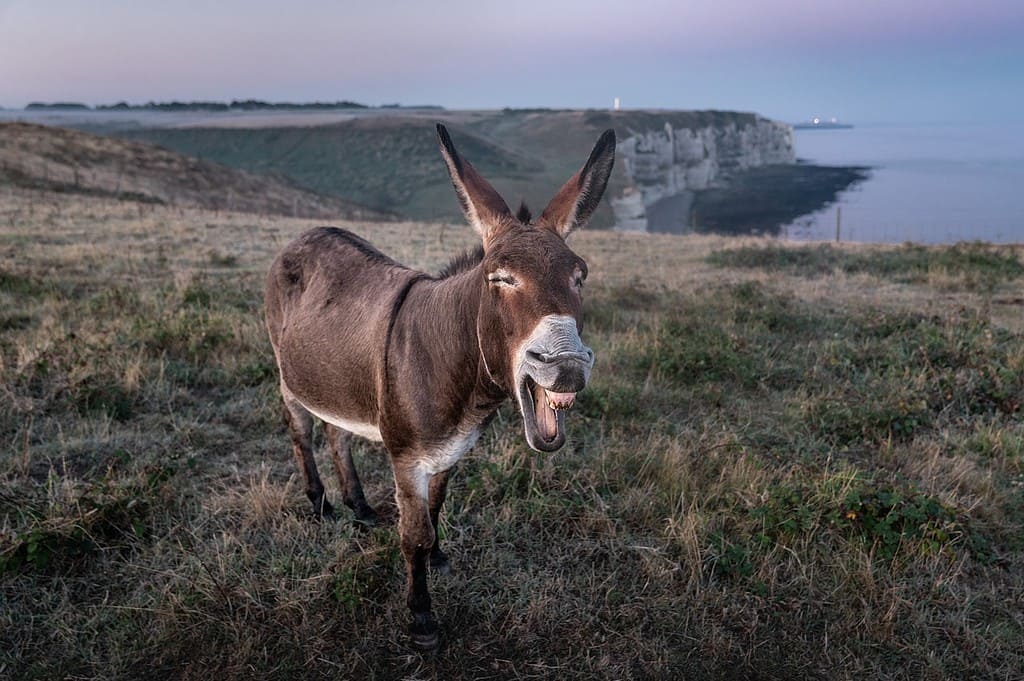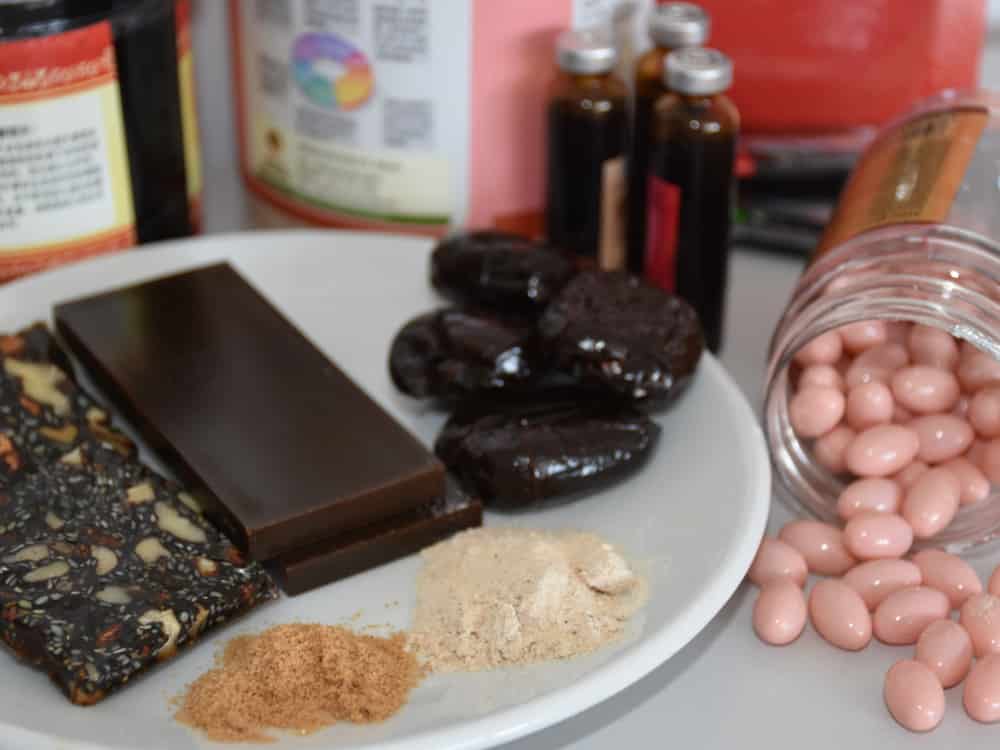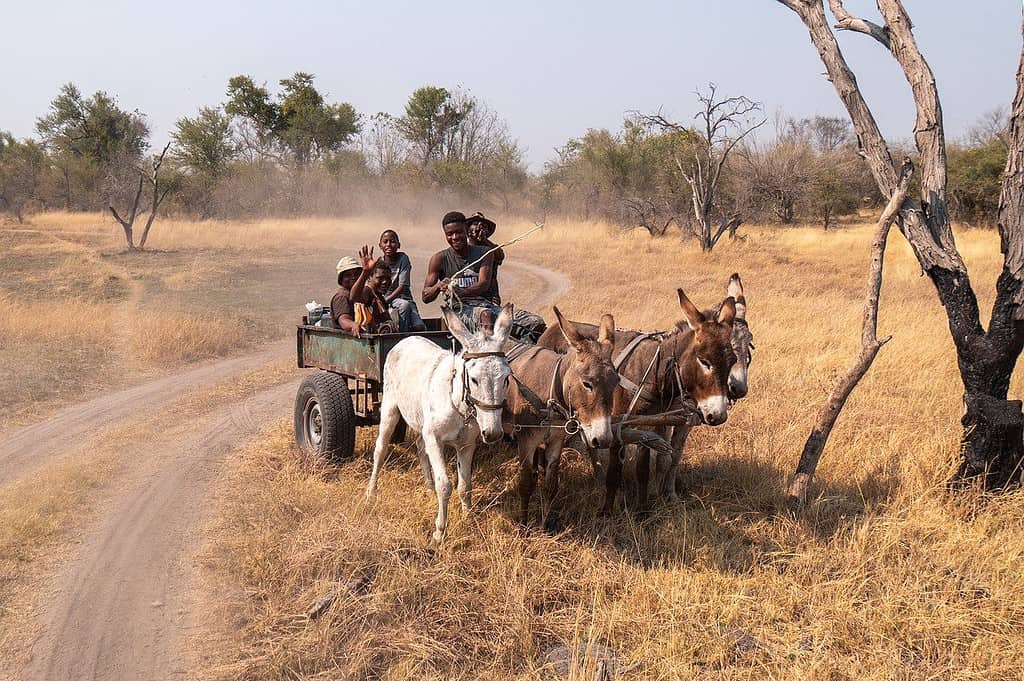
For millennia, people have relied on their trusted donkeys to ferry goods and work the land. To this day, these sturdy pack animals are the lifelines of many underprivileged families in the rural countryside of many African countries and other developing nations elsewhere.
Unlike other farm animals, donkeys are lucky to be useful as work animals rather than meat. This, at least, has been historically true — but not anymore.
A harrowing new report from the UK non-profit The Donkey Sanctuary reveals that nearly six million donkeys are slaughtered each year. The donkeys are first and foremost killed for their skins, which are imported by China to extract collagen and produce ejiao, a controversial traditional Chinese medicine.
The demand is so great that China has exhausted its domestic donkey population, fueling mass murder abroad to support a booming international donkey hide market. The brunt of the damage is borne by African communities, where donkey theft is running rampant. Nearly half of Kenya’s donkey population has been slaughtered to supply the skin trade between 2016 and 2019.
“The slaughter of six million donkeys every year is an animal welfare disaster. Donkeys are a lifeline to people living in some of the most challenging environments on earth where the loss of a donkey can be the difference between modest survival and destitution,” said Marianne Steele, CEO of The Donkey Sanctuary.
“Donkeys have been invisible in political debate for too long. For this issue to have reached the highest levels of decision-making in Africa and Brazil, recognises the scale and brutality of the skin trade, and the vital role of donkeys around the world.”
What is Ejiao: the driver of mass donkey slaughter

Ejiao is a traditional Chinese medicine derived from donkey hides. Consumers believe it offers numerous health benefits, from enriching blood to curing anemia and improving the immune system, none of which have been supported by peer-reviewed research published in any reputable journal.
Demand for ejiao is mainly driven by Chinese women who believe the remedy has rejuvenating properties, keeping them young and beautiful. Its popularity has surged especially since 2011 due to a Chinese TV show called Empresses in the Palace, in which physically attractive women are often portrayed using ejiao.
Originating from Dong’e County in China over 2,000 years ago, ejiao is produced by boiling donkey hides to extract gelatin, which is then mixed with herbs and other ingredients. Historically a luxury item reserved for the few, its consumption has expanded to the masses due to increased marketing, a growing Chinese middle class, and an aging population seeking traditional wellness solutions.
As a result, the price of ejiao has skyrocketed from 100 yuan ($15) per 500 grams in the mid-2000s to 2,986 yuan ($442) for the same amount by 2018. Its market value reached approximately $7.8 billion in 2021. If current trends continue, the industry is set to increase by 200 percent by 2027.
The trade of donkey hides stretches across continents, from Asia to the Americas and Africa, where suppliers slaughter donkeys to meet China’s demand. This international trade, however, is marred by legal and ethical complexities. Some countries have enacted bans or regulations on the slaughter and trade of donkeys due to the negative impacts on local populations and economies. In other places like Pakistan, the practice is not only legal but encouraged. In places that do have regulations, illegal trade flourishes, fueled by high demand and significant profit margins, often tied to broader wildlife trafficking networks.
Millions of donkeys skinned every year to support a rotten industry

In 2016, a study conducted by The University of Reading calculated that the ejiao industry required between 2.3 and 4.8 million donkey skins to keep up with demand. However, The Donkey Sanctuary revisited the study’s methodology using updated numbers, finding the ejiao industry now requires a minimum of 5.9 million donkey skins.
“They’re being stolen, potentially walked hundreds of miles, held in a crowded pen and then slaughtered in full view of other donkeys,” Faith Burden, the Donkey Sanctuary’s deputy chief executive, told the BBC. “They need us to speak up against this.”
African leaders are set to endorse a temporary halt on the killing of donkeys for their hides, a significant step towards halting this brutal trade. This measure aims to protect donkeys across the continent from being slaughtered for their skin.
Meanwhile, in Brazil, another hotspot for donkey hide trade, efforts are underway to prohibit the slaughter of donkeys and other equines for their skins, with expected legislative approval in 2024. This move, along with the actions in Africa, aims to disrupt the supply chain to two of the largest sources for this unethical trade.
However, animal rights groups are concerned that the donkey skin trade will move increasingly underground. New regulations are welcomed but there is skepticism that these can be enforced in regions with weak institutions and rampant corruption. The only hope for donkeys is that Chinese people suddenly quench their appetite for ejiao, but that is just wishful thinking.









